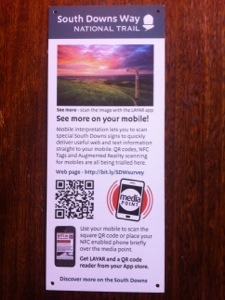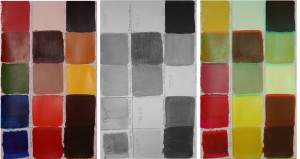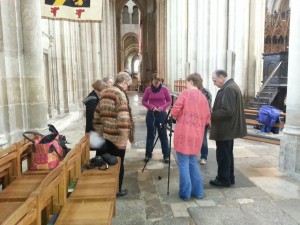Languages mapped: what do people speak where you live?
The 2011 census reveals the main language spoken in 34,753 ‘output areas’ across England Wales, each of 1,500 people. While only 0.3% of the population cannot speak English, 4m people do not speak it as their main language. This map shows the country’s patchwork quilt of languages: http://www.guardian.co.uk/news/datablog/interactive/2013/jan/30/languages-mapped-england-wales-census?zoom=11&lat=50.91500386380311&lng=-1.
Continue reading →





